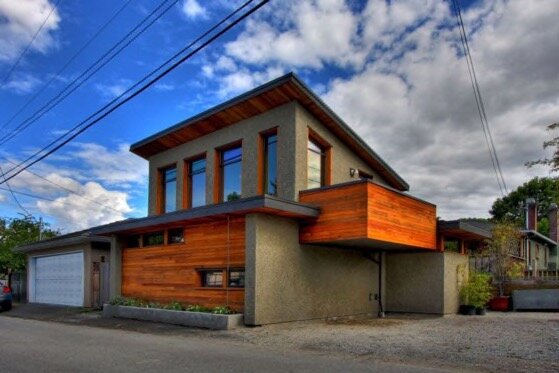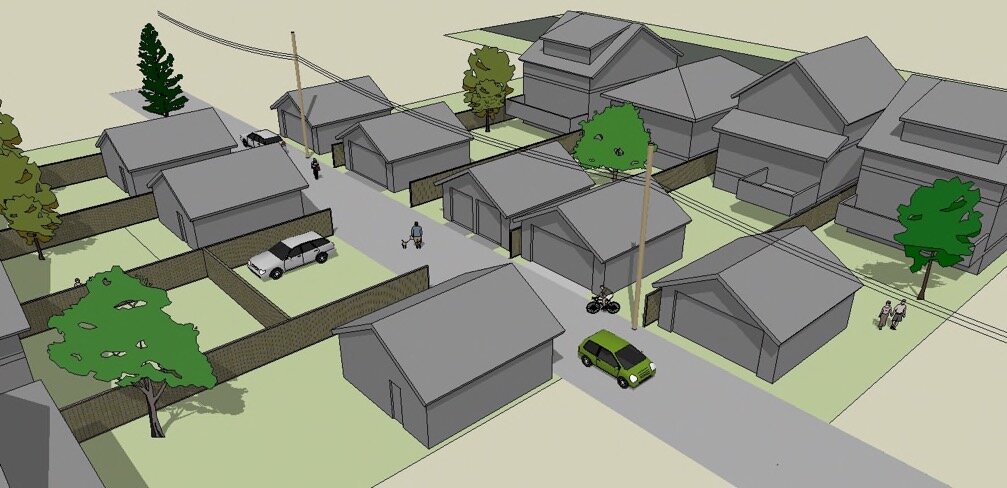How Vancouverites are finding room for more rental housing, right in their backyards
The Doable City Reader
There is so much that can be done to make our cities happier, healthier and more prosperous places. Every day in cities around the world, citizens and city planners alike are showing us how small actions can scale up to have massive impact. And they can in your city too.
That’s what the Doable City Reader is about. In June 2014, 8 80 Cities, in collaboration with the Knight Foundation, brought 200 civic innovators from around North America together in Chicago at the Doable City Forum to share and discover methods for rapid change making. The Doable City Reader is inspired by the rich conversations amongst presenters and participants at that forum. It is a resource for any and all people who want to make change in their cities and is meant to educate, inspire and empower anyone to do so.
There are plenty of examples of how underused public spaces can be transformed into vibrant community amenities like parks and gardens. But there are also some unique examples of how private property can be maximized to meet a city’s needs, while benefitting the landowners as well, and for more than just creating parks and public spaces.
In 2009, Vancouver, B.C. introduced a laneway housing program in response to the city’s desperate need for more affordable rental housing. The program enables single-family homeowners to build detached mini-houses in their backyards, where they would usually only have a garage or shed. The houses, which back onto the laneway, cannot be sold separately from the house but may be rented out or occupied by family members.
The program was part of a larger city-wide initiative dubbed EcoDensity, which encouraged higher-density design and mixed land use to support a more walkable and transit-friendly city. Much of the response to this initiative had come in the form of residential towers built in the downtown core. But things were trickier in the rest of the city, comprised mostly of tightly-packed single-family homes and neighbourhoods that wouldn’t suit tower development. The bylaw amendments that enabled the program to take place were initially rolled out in only a few neighbourhoods, then expanded to cover most of the city. By the summer of 2014, five years after the program began, more than 1,300 laneway housing permits had been handed out — equivalent to over one million square feet of additional rental space dispersed throughout the city at no cost to the government and with little to no visible impact on the feel and scale of their neighbourhoods. Laneway houses are so popular in the city that several boutique architecture firms specializing in their design have popped up in the city.
 Vancouver city planner Jane Pickering said one of the keys to the program’s success was working closely with the builders as things unfolded to accommodate their unique design challenges. The city developed new building bylaw amendments to address neighbours’ concerns without hamstringing the builders. Most of the neighbours’ concerns, for example, revolved around privacy — they didn’t like that the residents of the laneway homes could see into their backyards next door or across the laneway. In response, the city changed the rules around where windows could be located on the houses, and created a number of new options and incentives for people to build single-level laneway houses, instead of the two-level buildings that had been popular before that. This included expanding the allowed square footage on the bottom floor, for instance, and also encouraged more age-friendly designs and options for those with mobility issues.
Vancouver city planner Jane Pickering said one of the keys to the program’s success was working closely with the builders as things unfolded to accommodate their unique design challenges. The city developed new building bylaw amendments to address neighbours’ concerns without hamstringing the builders. Most of the neighbours’ concerns, for example, revolved around privacy — they didn’t like that the residents of the laneway homes could see into their backyards next door or across the laneway. In response, the city changed the rules around where windows could be located on the houses, and created a number of new options and incentives for people to build single-level laneway houses, instead of the two-level buildings that had been popular before that. This included expanding the allowed square footage on the bottom floor, for instance, and also encouraged more age-friendly designs and options for those with mobility issues.
“It’s not easy to go into existing neighbourhoods and put more housing in there,” says Pickering, “but it’s important to do that and to do it in a very compatible way.”


Find more information about Vancouver’s laneway housing guidelines here.
